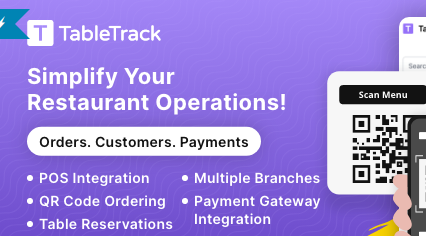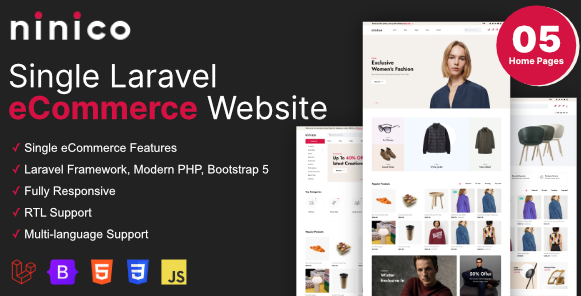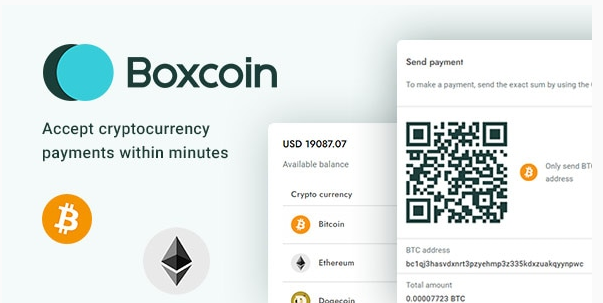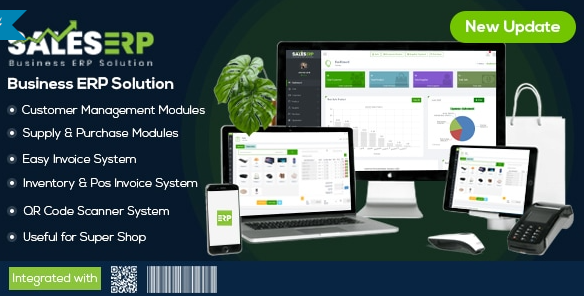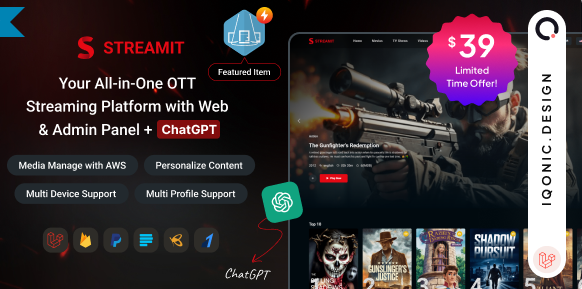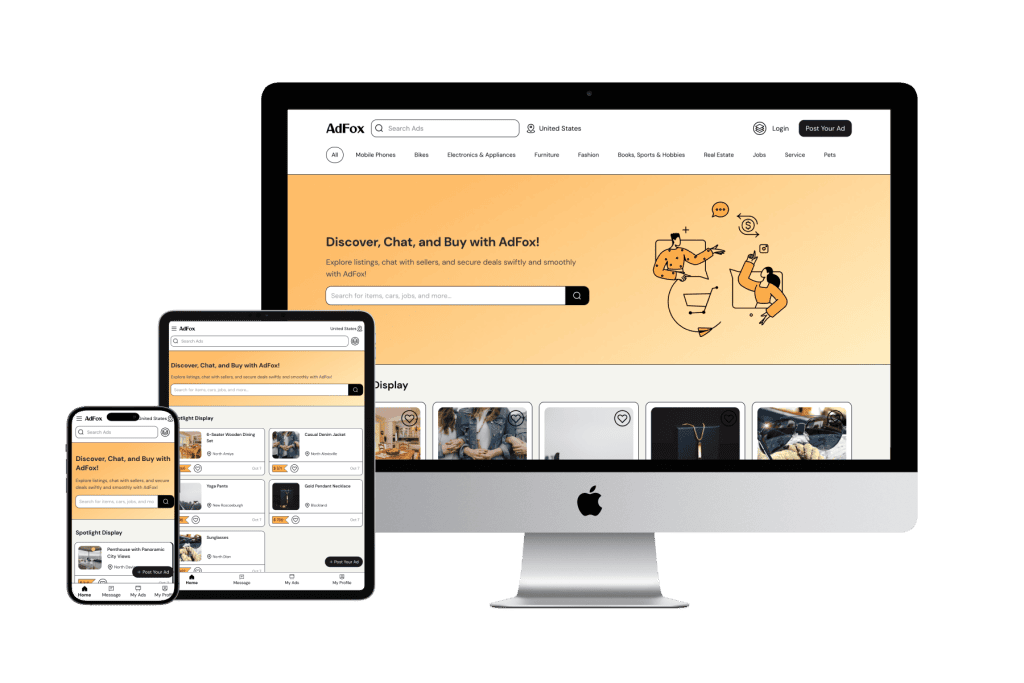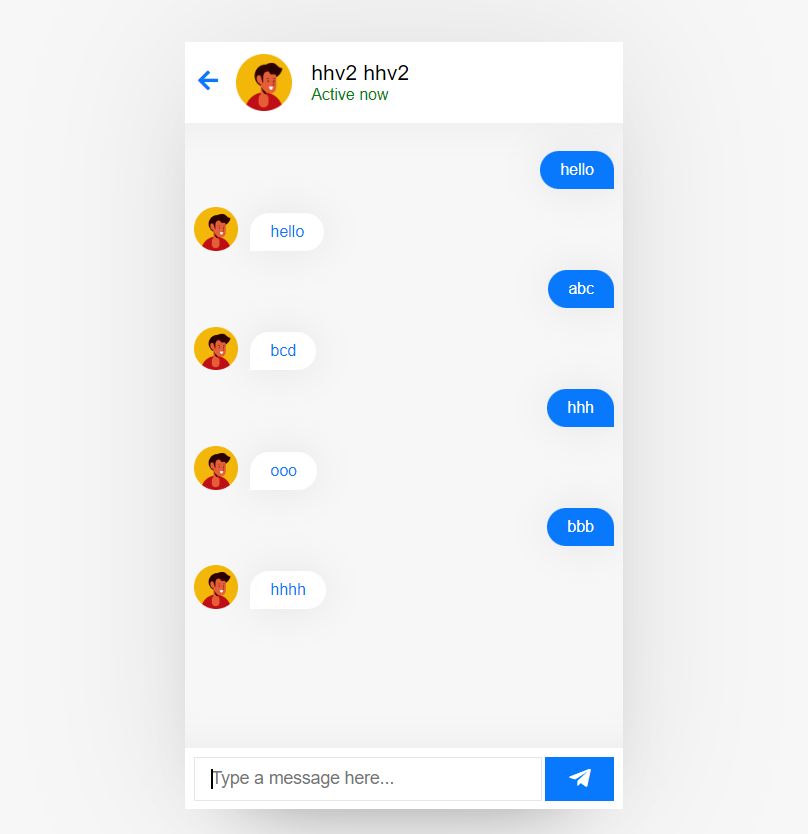
Chat realtime PHP Mysql Jquery
0 Reviews
Views
Chat Realtime Using PHP, MySQL, and jQuery
Building a realtime chat application is an exciting project that combines dynamic frontend development with backend logic. By using PHP, MySQL, and jQuery, you can create a functional and interactive chat system that allows users to communicate in realtime. This article will guide you through the key features, benefits, and steps to develop a realtime chat application.
Overview of a Realtime Chat System
A realtime chat system enables instant communication between users by continuously updating messages without requiring a page refresh. The core components of this system include a backend for processing and storing messages, a frontend for user interaction, and a realtime mechanism to update the chat interface dynamically.
Technologies Used
1. PHP: PHP handles the backend logic, including processing user inputs, managing message storage, and fetching messages from the database.
2. MySQL: MySQL serves as the database for storing chat messages, user information, and timestamps, ensuring data persistence and scalability.
3. jQuery: jQuery simplifies frontend development by providing an efficient way to send and receive data using AJAX, making the chat system responsive and interactive.
Key Features of the Realtime Chat System
1. Instant Messaging: Messages are sent and received in realtime without requiring users to refresh the page.
2. User Authentication: Secure login and registration ensure that only authorized users can access the chat system.
3. Typing Indicator: A typing indicator informs users when another participant is typing, enhancing the chat experience.
4. Message Timestamps: Each message includes a timestamp to provide context for the conversation.
5. Message Storage: Messages are stored in the database, allowing users to view previous conversations.
Benefits of Using PHP, MySQL, and jQuery
1. Easy to Learn: PHP, MySQL, and jQuery are beginner-friendly technologies, making them ideal for developers looking to build a chat system quickly.
2. Cost-Effective: These open-source technologies are free to use, reducing project costs significantly.
3. Cross-Browser Compatibility: jQuery ensures that the chat system works seamlessly across different browsers and devices.
4. Scalability: MySQL offers excellent performance for handling large amounts of chat data, making the application scalable.
How to Build a Realtime Chat System
1. Set Up the Environment: Install XAMPP or WAMP to set up a local PHP and MySQL environment. Create a database for storing user and message data.
2. Design the Database: Create tables for users and messages. For example, the messages table might include fields like id, user_id, message, and timestamp.
3. Create the Backend: Use PHP scripts to handle user authentication, save messages to the database, and fetch messages. Use prepared statements to prevent SQL injection.
4. Develop the Frontend: Use HTML and CSS to create the chat interface. Include a text input box, send button, and message display area.
5. Implement AJAX: Use jQuery AJAX to send new messages to the PHP backend and fetch the latest messages from the database without refreshing the page.
6. Add Realtime Updates: Use setInterval in jQuery to periodically check for new messages and update the chat interface dynamically.
7. Test and Optimize: Test the application for performance, security, and usability. Optimize queries and scripts to handle multiple users efficiently.
Conclusion
A realtime chat system built with PHP, MySQL, and jQuery is a practical and engaging project that demonstrates your skills in full-stack web development. This project not only enhances your portfolio but also prepares you for more advanced projects involving dynamic user interactions. Start developing your chat application today and explore the possibilities of realtime web communication!
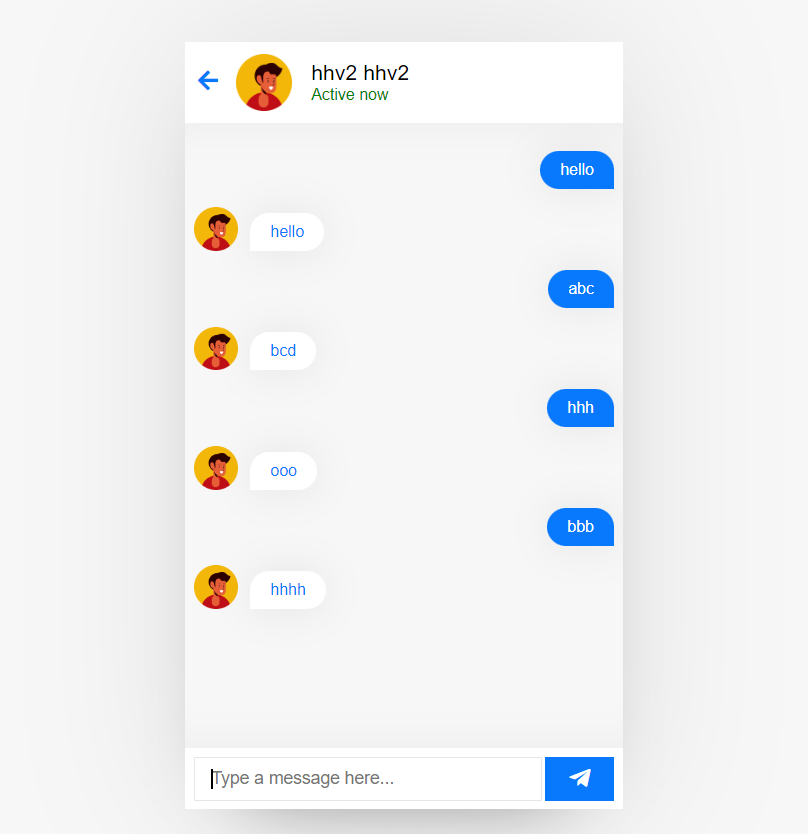
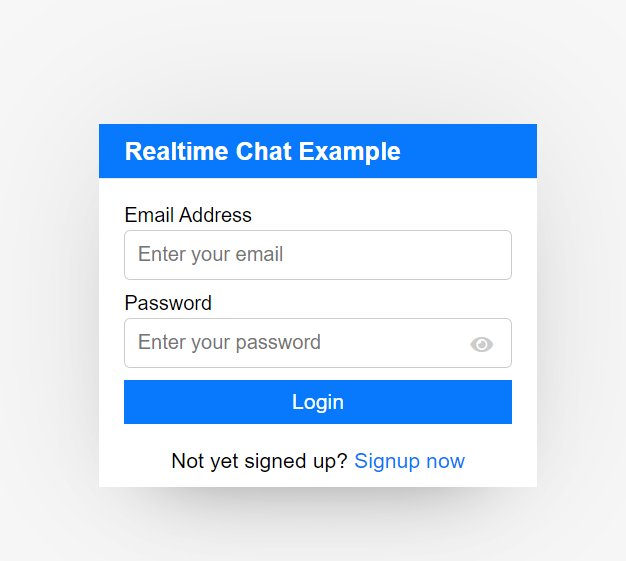
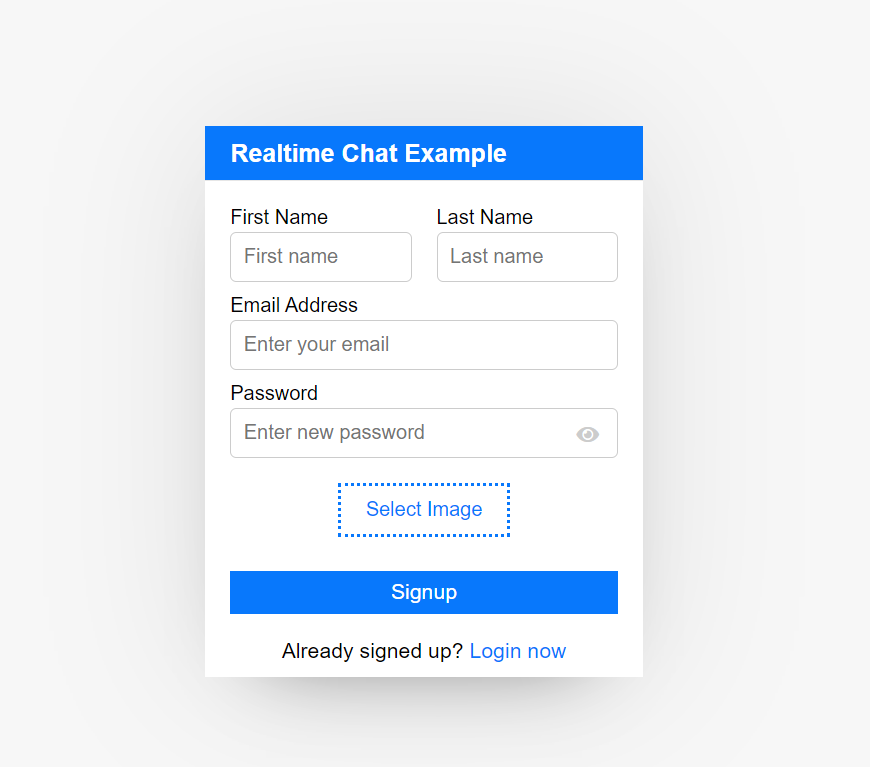
Review
No items found.

